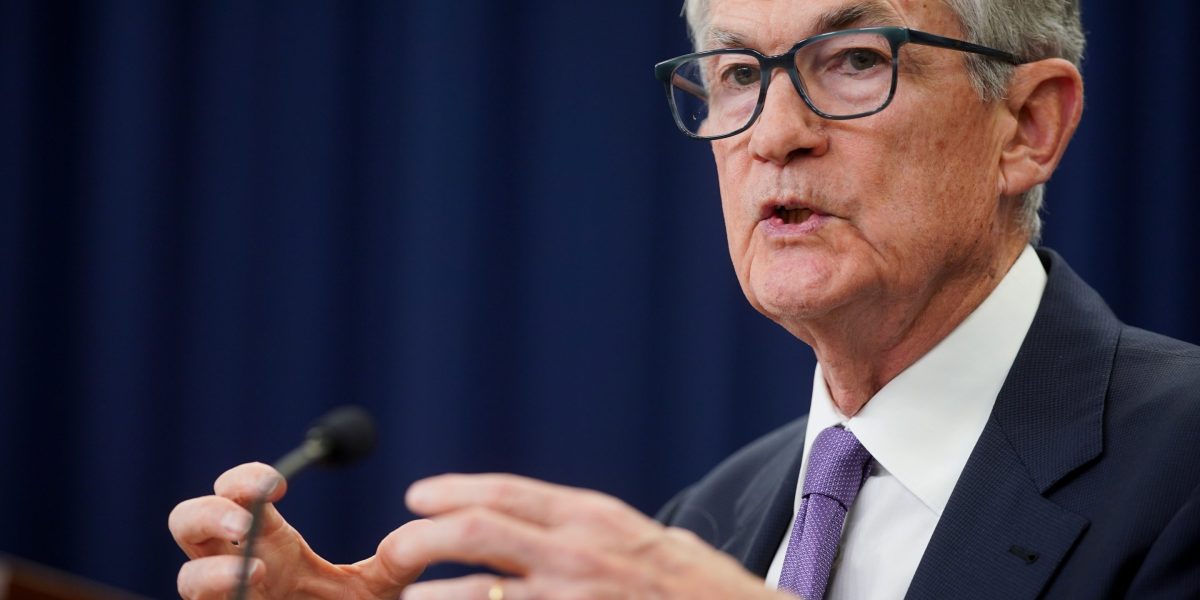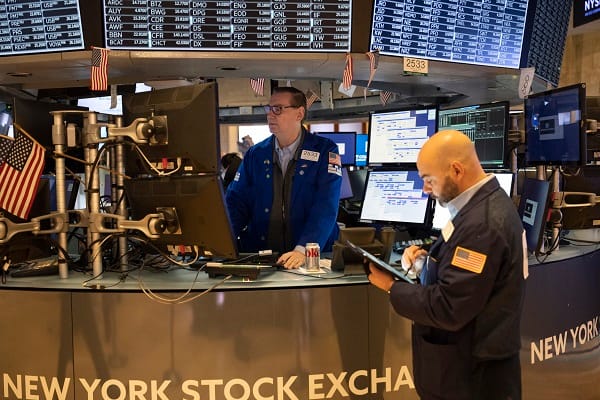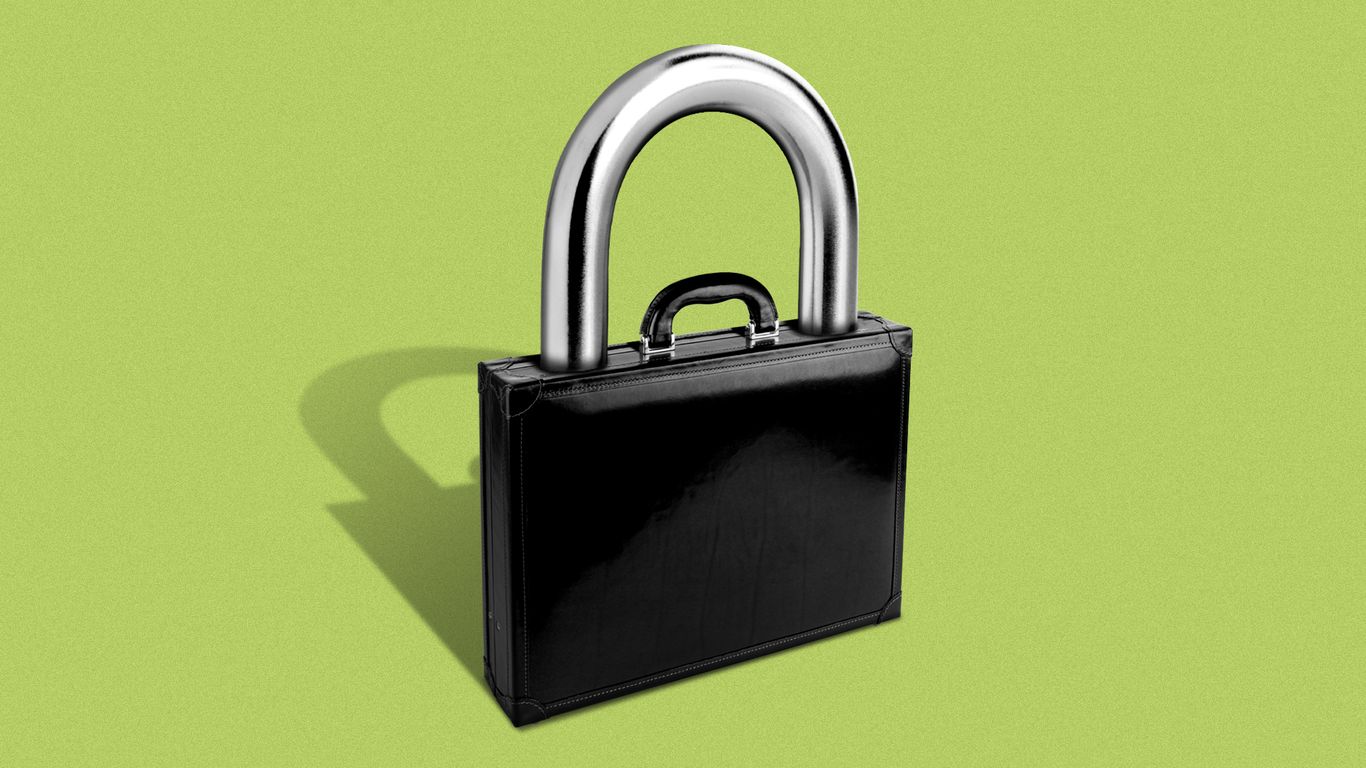#labor-market
#labor-market
[ follow ]
#federal-reserve #interest-rates #inflation #monetary-policy #government-shutdown #ai #layoffs #productivity
fromFortune
20 hours agoThe housing market, workers, and the economy are all stuck | Fortune
The number of U.S. homes that typically change hands as people relocate for work, retire or trade-up for more living space hasn't been this low in nearly 30 years. About 28 out of every 1,000 homes changed hands between January and September, the lowest U.S. home turnover rate going back to at least the 1990s, according to an analysis by Redfin.
Real estate
US politics
fromwww.mediaite.com
2 days agoFox Host Grills Kevin Hassett Over AI-Related Layoffs, He Insists Those Are Headlines That You See Every Year'
AI-driven productivity gains allow firms to reduce headcount while overall job creation and labor market indicators remain positive, with displaced workers often finding new employment.
Business
fromBoston Condos For Sale Ford Realty
1 week agoThe Great Stay And The Impact On Boston Condos For Sale Boston Condos For Sale Ford Realty
Employees are increasingly staying in current jobs due to economic uncertainty, slowed hiring, high mortgage rates, and fear of layoffs, risking disengagement and stagnation.
Artificial intelligence
fromIT Pro
1 week ago'It's slop': OpenAI co-founder Andrej Karpathy pours cold water on agentic AI hype - so your jobs are safe, at least for now
Agentic AI currently produces low-quality, cognitively limited outputs and is unlikely to replace human labor or reliably boost productivity for roughly a decade.
Careers
fromBusiness Insider
2 weeks agoI rejected and approved hundreds of raises at Nordstrom, Verizon, and Yahoo. Here's my advice for getting a raise in the current market.
Securing a raise is harder but possible; employees must time requests, understand pay bands, and negotiate alternative compensation thoughtfully.
fromFortune
2 weeks agoGoldman economists on the Gen Z hiring nightmare: 'jobless growth' is probably the new normal | Fortune
The challenging U.S. labor market is entering a new normal, according to Goldman Sachs economists David Mericle and Pierfrancesco Mei, who tackled the phenomenon of "jobless growth" in an October 13 note. It resonates with what Federal Reserve chair Jerome Powell memorably described in September as a " low-hire, low-fire " labor market and the fact that, for some reason, "kids coming out of college and younger people, minorities, are having a hard time finding jobs."
Artificial intelligence
fromFortune
3 weeks agoMillions of workers are left out of the 'low-hire, low-fire' U.S. job market | Fortune
The "low-hire, low-fire" US labor market is leaving millions on the outside looking in. It's not just recent college graduates who are struggling to find entry-level positions. Out-of-work mid-career employees are taking part-time jobs, and hiring has stalled in industries from professional services to manufacturing. More than a quarter of the jobless have been out of work more than a half-year - the highest share since the mid-2010s excluding the pandemic-era years.
US news
fromFortune
3 weeks agoNearly 70% of Americans think the economy is on the 'wrong track' and it's a bad time to buy a home, Fannie Mae survey shows | Fortune
A growing sense of economic pessimism is taking hold in the U.S., as new Fannie Mae survey data reveals nearly 70% of Americans believe the economy is headed in the wrong direction. An even higher percentage (73%) say it's a bad time to buy a house. Coupled with mounting concerns about the housing market, the findings underscore the challenges facing would-be homebuyers, and paint an increasingly bleak picture for consumer sentiment as autumn begins.
Business
fromMoneywise
1 month agoSome employers are giving RTO workers the option to take a severance package instead - but there's a major catch. Would you take it anyway?
How a universal severance package works Earlier in September, NBCUniversal notified its U.S. and U.K. employees that come 2026, they must return to the office four days a week - with the option to work remotely on Friday [3]. NBCUniversal employees who don't want to return to the office can take a flat-rate severance package of eight weeks' salary and three months' healthcare coverage.
Careers
fromFortune
1 month agoWall Street is pricing no 'material drop' in market thanks to consumers, says Fed's Hammack-problem is, shoppers are increasingly shaky | Fortune
Since the end of the pandemic, consumers have proved to be the backbone for the American economy-much to the surprise of some of Wall Street's biggest names. This underlying strength has pushed the U.S. stock market to record highs this year, with analysts pricing in continued growth of the S&P 500. But the ever-reliable consumer is beginning to look shaky, courtesy of an unpleasant mix of a stagnating jobs market and sticky inflation.
Business
fromSFGATE
1 month ago5 Key Takeaways from Fed Chair Powell's Warning on Labor Market and Inflation
Federal Reserve Chair Jerome Powell recently addressed the challenging economic situation faced by the United States, citing weakening labor market conditions and persistent inflation. Powell emphasized the Fed's dual mandate to maintain stable prices and maximum employment, acknowledging the risks on both fronts. Despite the concerns, Powell expressed optimism about the resilience of the U.S. economy amidst policy changes. While Powell defended the Fed's current rate policy, he hinted at the possibility of further rate cuts if necessary, emphasizing that policy decisions are not predetermined.
US politics
Miscellaneous
fromFortune
1 month ago'The most distrusted' bull market and economy of our lifetime: Another head-spinning revision rocks Wall Street | Fortune
U.S. GDP grew at a 3.8% annual rate in Q2, driven by stronger consumer demand and business investment despite high borrowing costs and persistent inflation.
US news
fromFortune
1 month agoIf you can't work out why you're struggling when the economy is doing OK, it's because you're on the losing side | Fortune
The U.S. economy is bifurcated: older, wealthier households' spending sustains growth while younger and low-income households face declining real incomes and job pressures.
World news
fromFortune
1 month agoOECD warns Trump's tariffs have 'yet to be fully felt in the U.S. economy,' downgrades growth forecast with grim outlook | Fortune
President Trump's increased tariffs risk causing significant global and U.S. economic slowdown, reducing growth and triggering labor-market effects, inflation, and corporate layoffs into 2026.
US politics
fromFortune
1 month agoTop analysts say Trump's tariffs will suppress wage growth as companies cut costs to pay for them | Fortune
President Trump's tariff regime is beginning to suppress U.S. wage growth as labor indicators show slowing pay increases and job switchers no longer gain higher wages.
Careers
fromBusiness Insider
1 month agoI created a group chat for six job seekers. They opened up about the emotional and financial toll of looking for work.
American job seekers face stressful, isolating searches as open roles decline and rapid market shifts make effective job-search strategies harder to identify.
US politics
fromFortune
1 month agoJerome Powell says the Gen Z hiring nightmare is real: 'Kids coming out of college...are having a hard time finding jobs' | Fortune
Recent college graduates, younger workers, and minorities face a weak job market with low hiring and low layoffs, worsened by AI-related reductions in entry-level hiring.
[ Load more ]






























